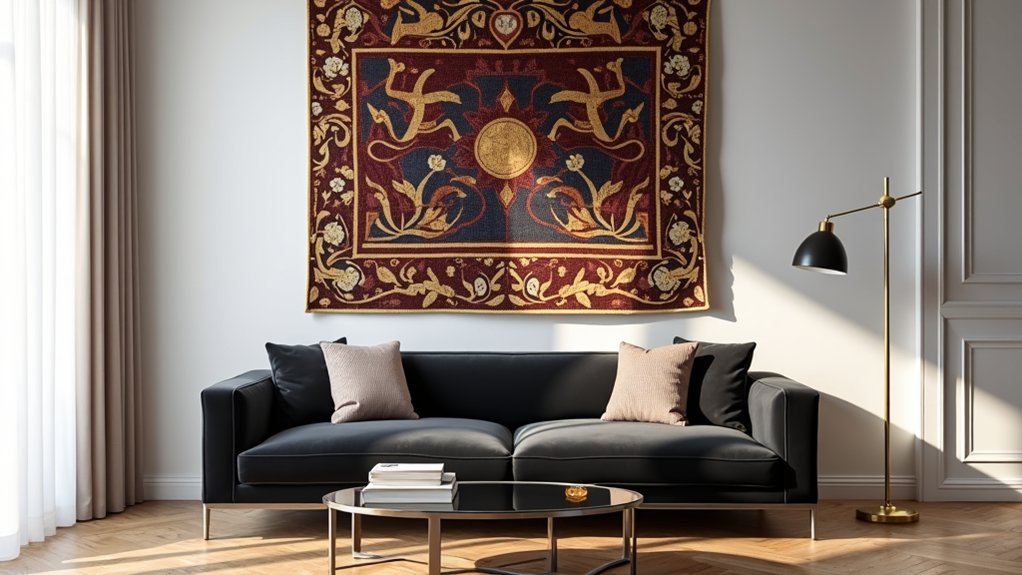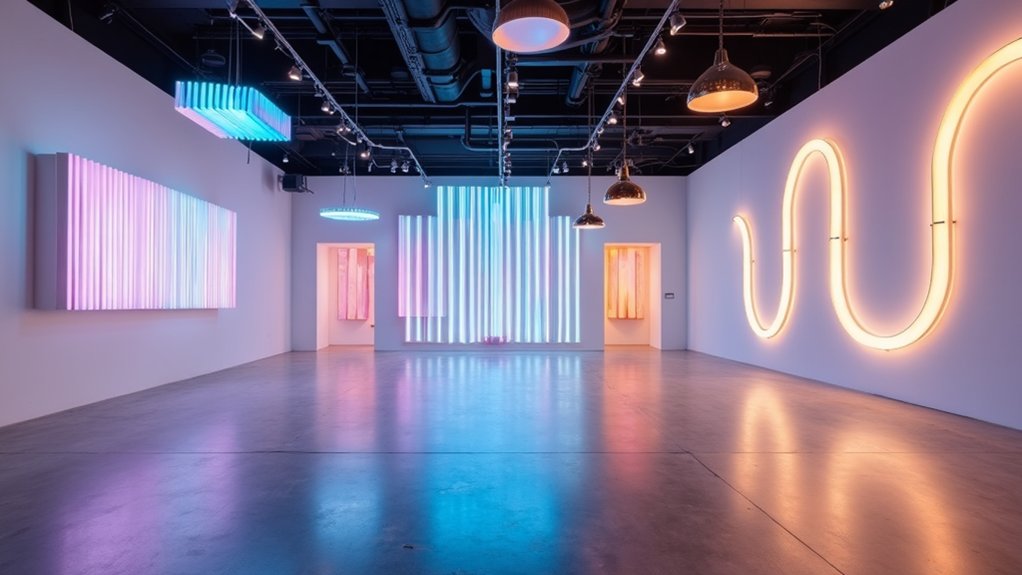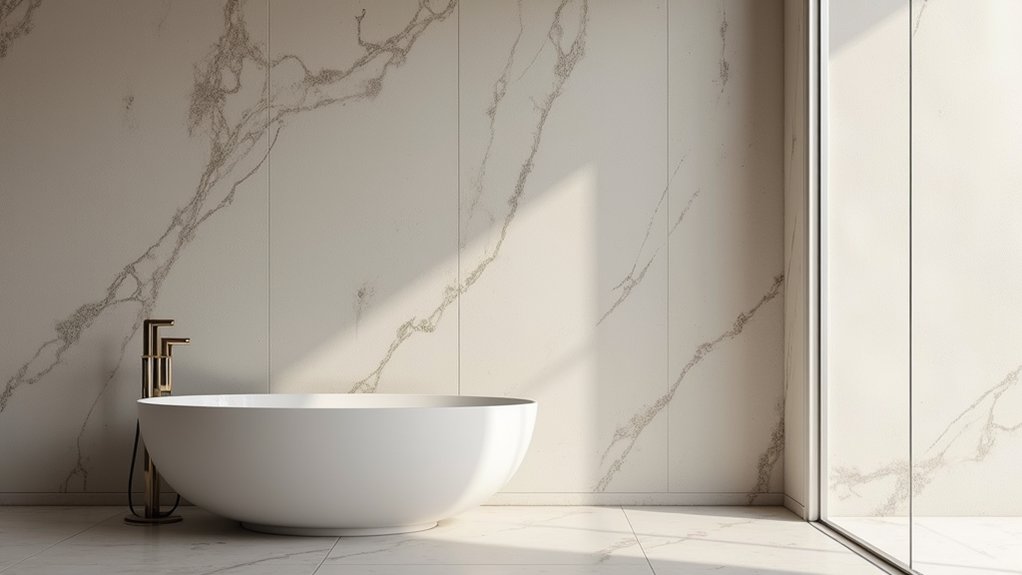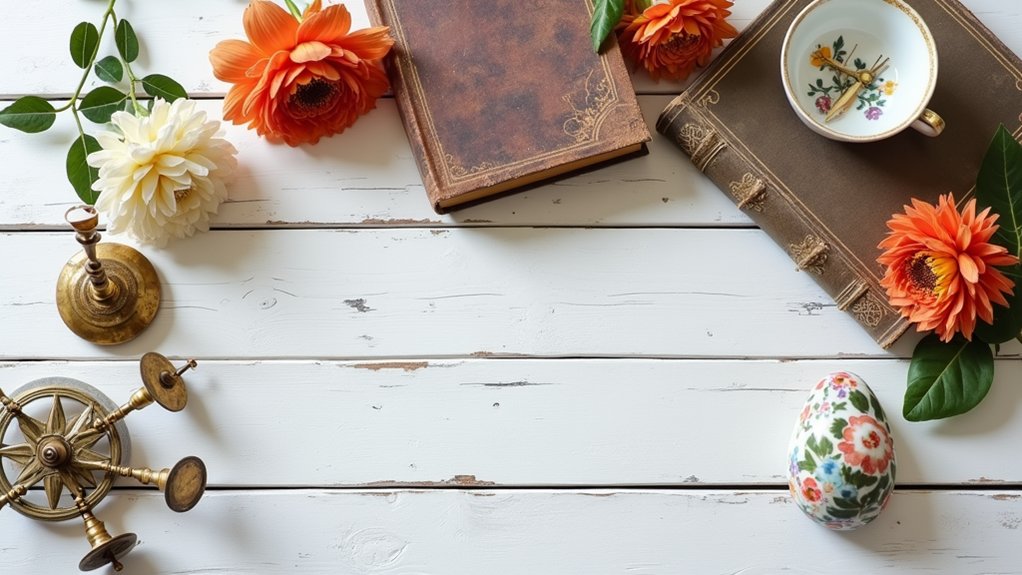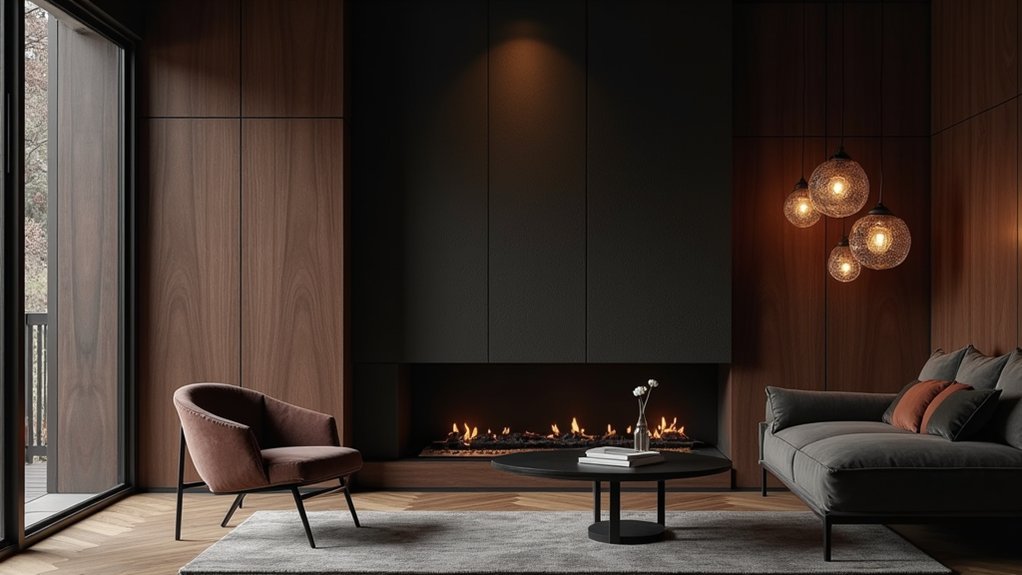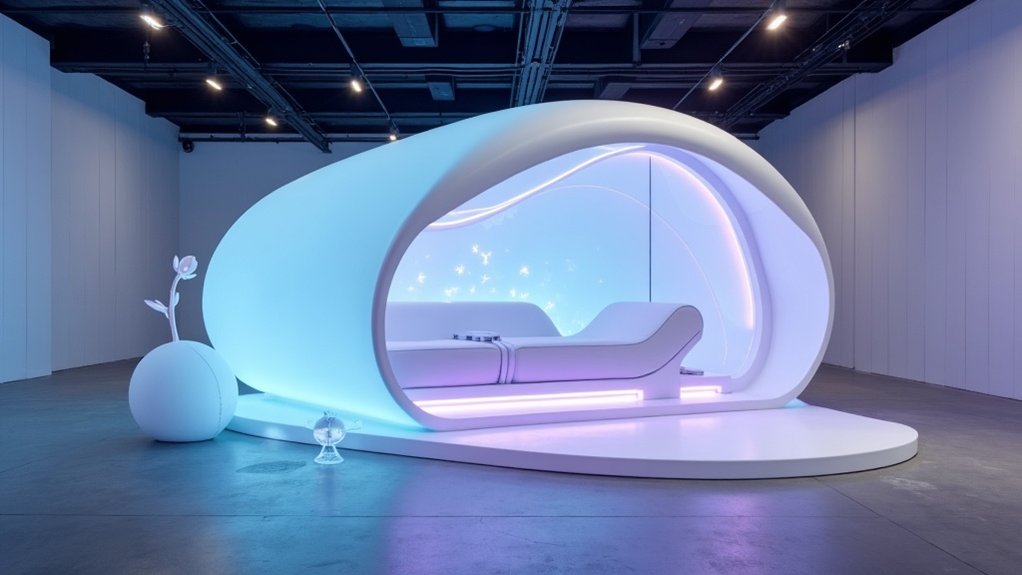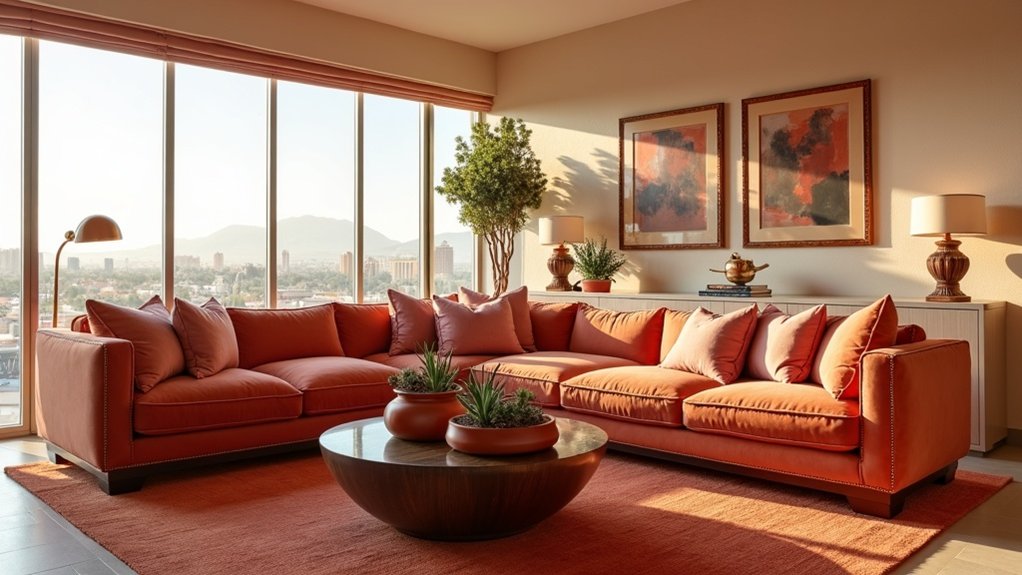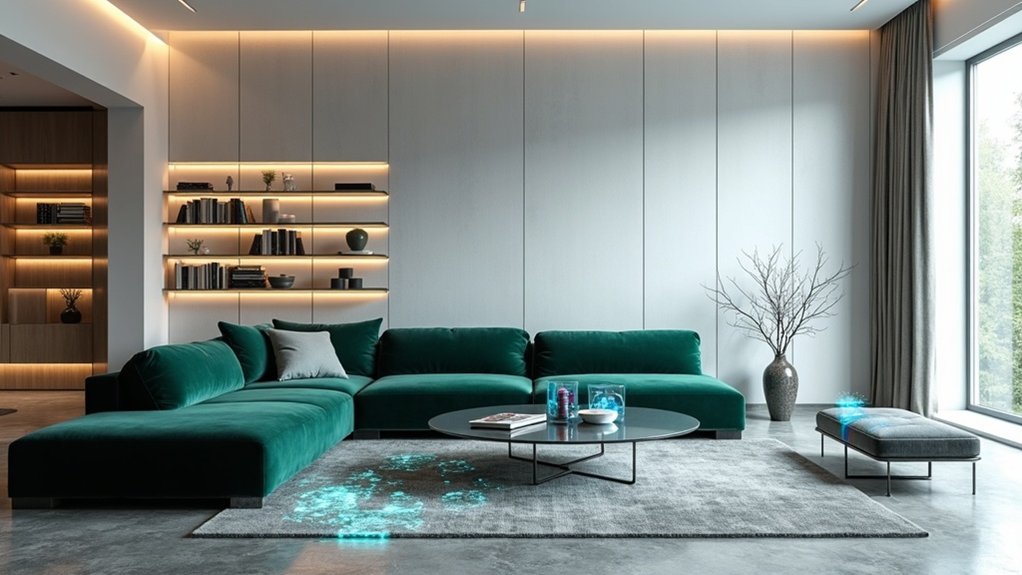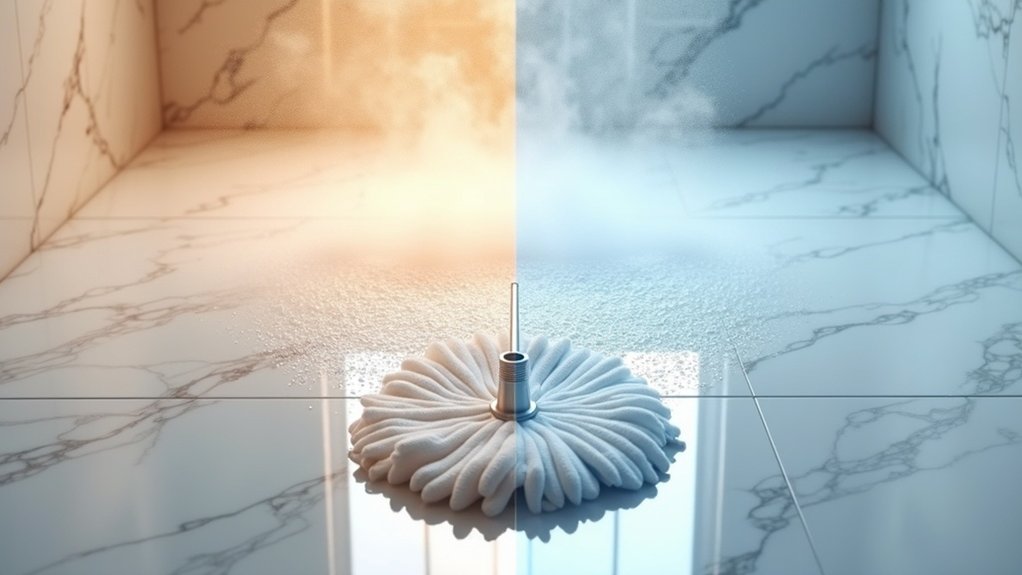The appeal extends beyond mere nostalgia. These hand-woven masterpieces, which historically adorned royal courts and wealthy households since the Middle Ages, offer both practical benefits and artistic gravitas. Traditional Flemish and French tapestries from the 17th and 18th centuries remain particularly sought after, their verdant vistas and mythological scenes complementing maximalist interiors with aged patinas and gentle colorways. The laboriously crafted textiles, which could take skilled artisans years to complete, now represent a connection to slower, more intentional design practices. These intricate works achieve their complex imagery through discontinuous wefts, allowing separate pieces of colored wool or silk to create detailed designs without visible warp threads. Additionally, these tapestries embody wellness-focused aesthetics that contribute to the overall ambiance of a space.
Hand-woven masterpieces connect us to slower, more intentional design practices of centuries past.
Modern applications demonstrate remarkable versatility. Designers are incorporating tapestries into starkly contemporary spaces, creating unexpected juxtapositions that balance old-world charm with modern sensibilities. A recent survey of over 400 design professionals revealed that 30% of designers predict tapestries will appear on furniture in 2025. Beyond traditional wall hangings, tapestry upholstery proves surprisingly practical for dining chairs and sofas, offering durability comparable to rugs while remaining easy to clean. The fabric’s insulating properties and sound-dampening qualities address functional concerns in open-plan living spaces.
The trend reflects broader cultural shifts toward individuality and heritage. As one designer notes, consumers increasingly seek unique, heirloom pieces that tell stories and establish personal connections. This “slow design” movement values craftsmanship and provenance over mass production, with buyers appreciating both traditional hand-woven pieces and contemporary interpretations.
Contemporary artists are expanding tapestry’s definition through multimedia textile sculptures and bold reinterpretations. Works by modernists like Marta Maas Fjetterstrom demonstrate organic forms, while art rugs by Roy Lichtenstein and Alexander Calder offer vibrant alternatives to historical pieces.
Whether featuring bohemian macramé, Swedish flatweave, or traditional European designs, tapestries provide flexible solutions for diverse aesthetic preferences, proving that ancient artforms can truly find stunning new relevance in modern homes.
